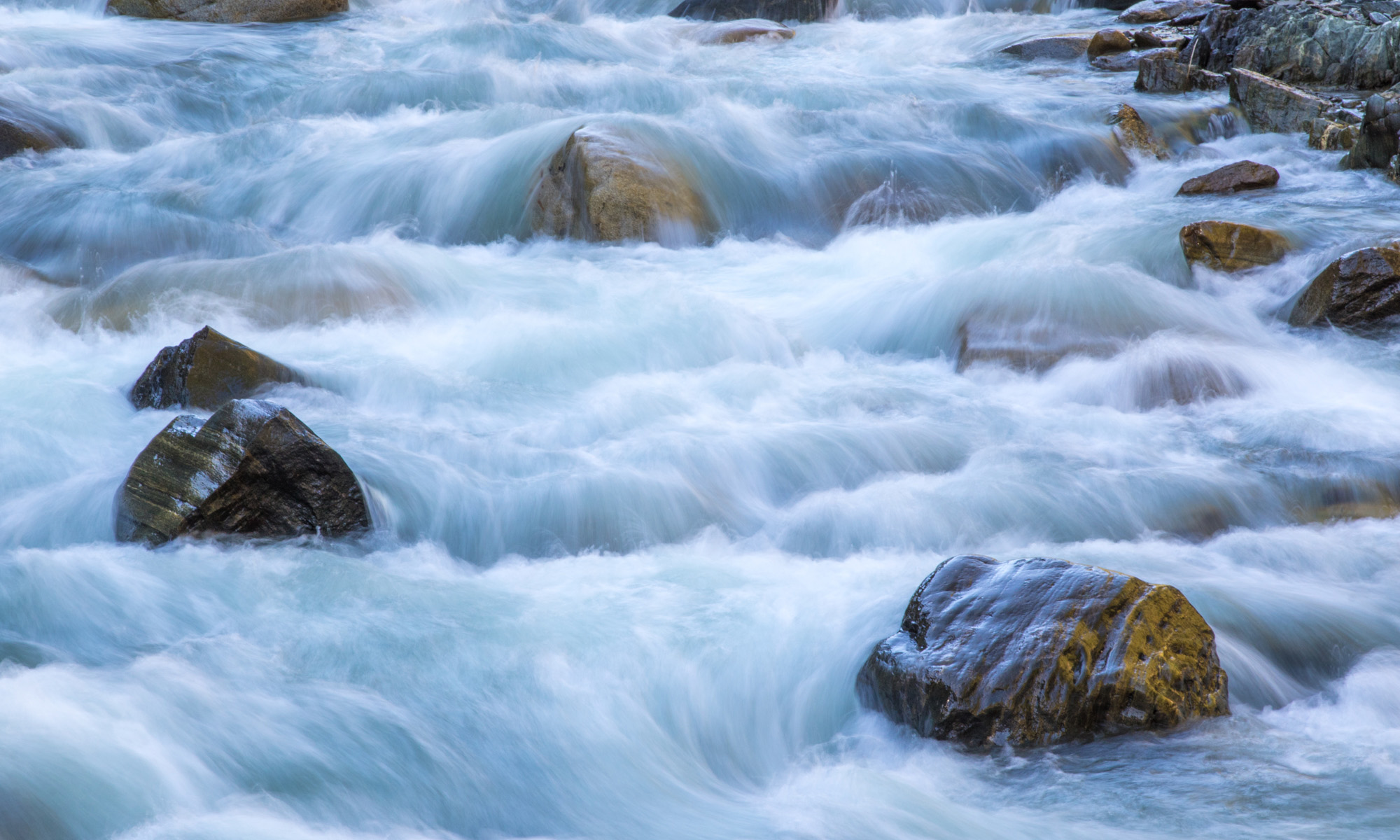Today’s Question: I am working my way through your Photoshop training. Many of the adjustments you discuss in Photoshop are also available in Lightroom [Classic] and Adobe Camera Raw. I’m thinking of the graduated filter versus the gradient tool, HSL [Hue, Saturation, and Lightness], Curves, etc. I realize that most of the adjustments in Photoshop are done using adjustment layers which are non-destructive unless flattened but those in Lightroom are also non-destructive. Is there anything inherently better about saving such adjustments for Photoshop versus utilizing Photoshop only for tasks not available in the raw editors?
Tim’s Quick Answer: While it is generally best to perform as many of your adjustments as possible with the original raw capture rather than later in your workflow, my preference is to save most targeted adjustments and image cleanup work for Photoshop, using Lightroom Classic (or Adobe Camera Raw) for all other adjustments.
More Detail: There is a theoretical benefit to applying as many adjustments during the raw-conversion process as possible. However, it is worth keeping in mind that many of the adjustments you might be applying with your raw-processing software are actually applied after the “demosaicing” process. In other words, many of the adjustments are applied after the raw capture has been converted to actual pixel values.
The result is that for the most part I make a decision about which adjustments to apply at which stage of my workflow from the standpoint of both image quality and workflow convenience.
I recommend applying most adjustments in Lightroom Classic or Adobe Camera Raw, rather than saving those adjustments for Photoshop. Instead, I only save adjustments for Photoshop when I have a good reason to do so.
I save most image cleanup work for Photoshop rather than Lightroom or Camera Raw because the cleanup tools in Photoshop are more powerful and effective. This includes, for example, the Content-Aware technology being available for several of the image cleanup tools in Photoshop. For very minor dust spots in easy to clean areas, I’ll use Lightroom Classic for cleanup. But for anything beyond that, I perform the cleanup in Photoshop.
I also save most targeted adjustments for Photoshop, primarily because the tools and features for selections and layer masks provide a greater degree of control compared to what is available in Lightroom or Camera Raw. This enables you to apply targeted adjustments with a much higher degree of precision in Photoshop.
There are also a variety of creative filters and other effects you can apply in Photoshop, which are not available in Lightroom Classic. Those are obviously options I would take advantage of in Photoshop when I want to apply such an effect.

